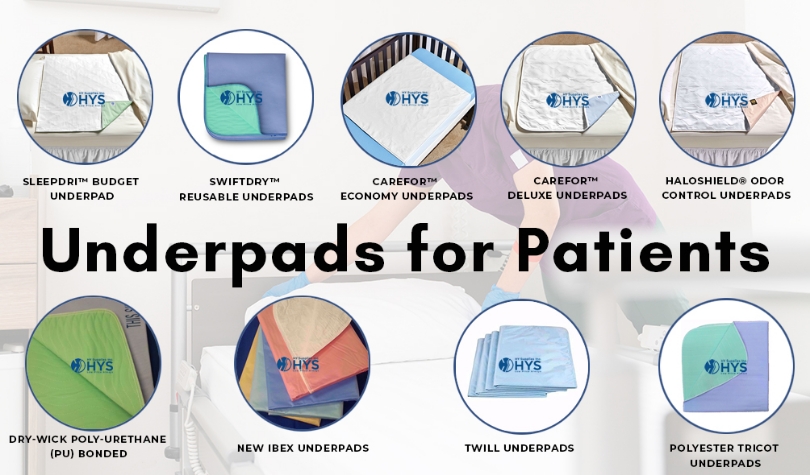How do you find the best underpads for patients who are bedridden?

The Importance of Underpads for Incontinence Care
Mattress underpads act as a barrier to keep spills, urine leaks, and other body fluids out of mattresses. For older people, bedridden patients, and those recuperating from accidents, they are indispensable. In addition to mattresses, underpads protect wheelchairs, furniture, and other surfaces that are vulnerable to mishaps involving incontinence. Diapers are used by many incontinent persons; however, they might limit comfort and mobility while you sleep. A useful substitute that offers dependable absorption while preserving the patient's comfort and dignity is disposable or machine-washable underpads. In particular, waterproof underpads are a great way to keep the sleeping space dry and stop leaks.
Reusable vs. Disposable Underpads: Which Is Better?
Made from sturdy materials like poly-cotton, poly-rayon, or PVC-polyester blends, reusable underpads are an affordable and environmentally responsible choice. They frequently last up to five years and can survive more than 200 washings without losing their absorbency. They are more expensive initially than disposable pads, but they end up saving money over time. To avoid bacterial or fungal diseases, however, adequate cleaning is essential. Steer clear of harsh detergents and wash them in cool water. Conversely, disposable underpads are practical for one-time use but might not be as cost-effective over time.
Applications of Underpads in Medical and Home Care
Medical-grade underpads are perfect for home care, nursing homes, and hospitals because of their high absorbency design. By preserving hygiene, they lower the danger of infection, shield wheelchairs and beds from spillage, and hasten recuperation. Odor-control underpads, often made from 100% cotton with waterproof backing, provide additional comfort and freshness. They are especially beneficial for long-term bedridden patients, ensuring a clean and healthy resting environment.
Final Thoughts
Budget, care requirements, and absorbency demands all play a role in selecting the best underpad. Disposable pads are convenient, but reusable alternatives are more cost-effective and environmentally friendly. Comfort and safety for bedridden patients are guaranteed when quality and hygiene are given top priority.







